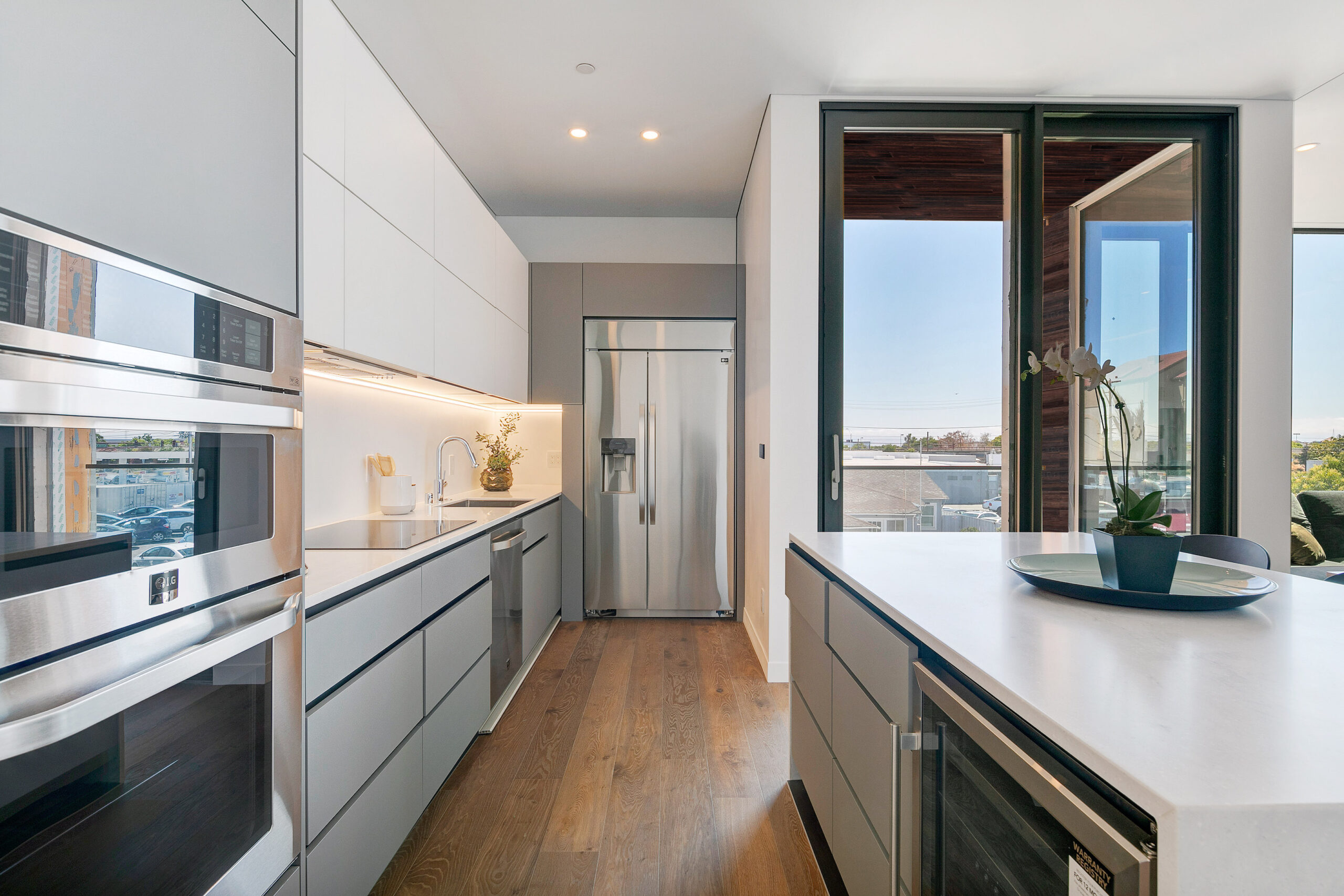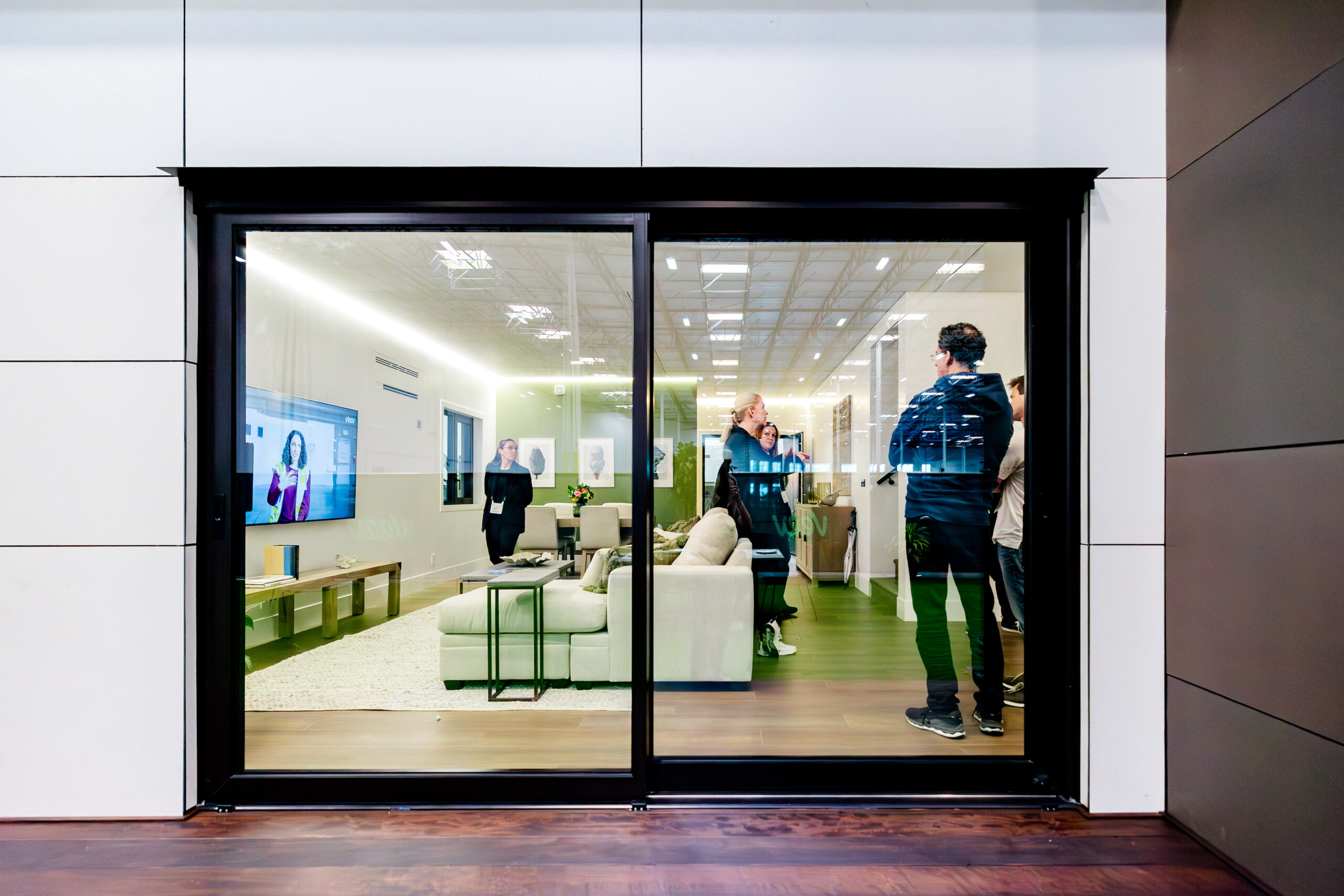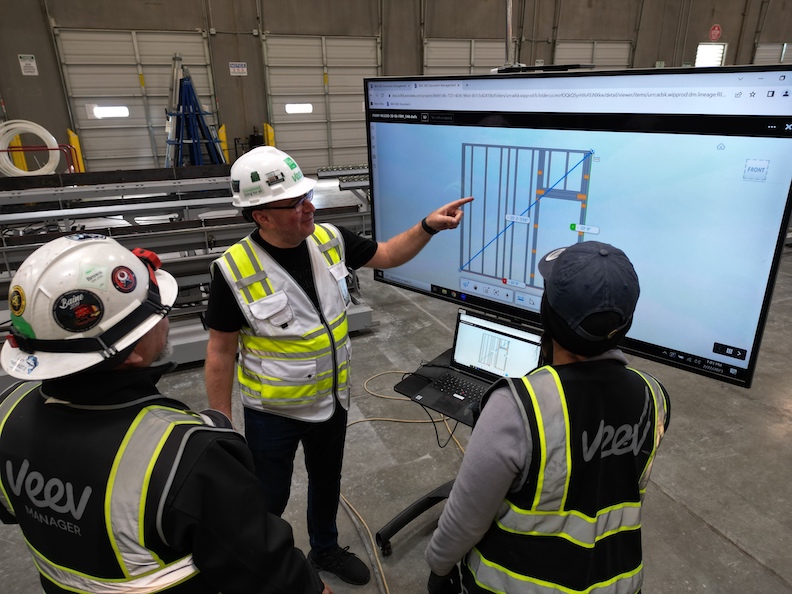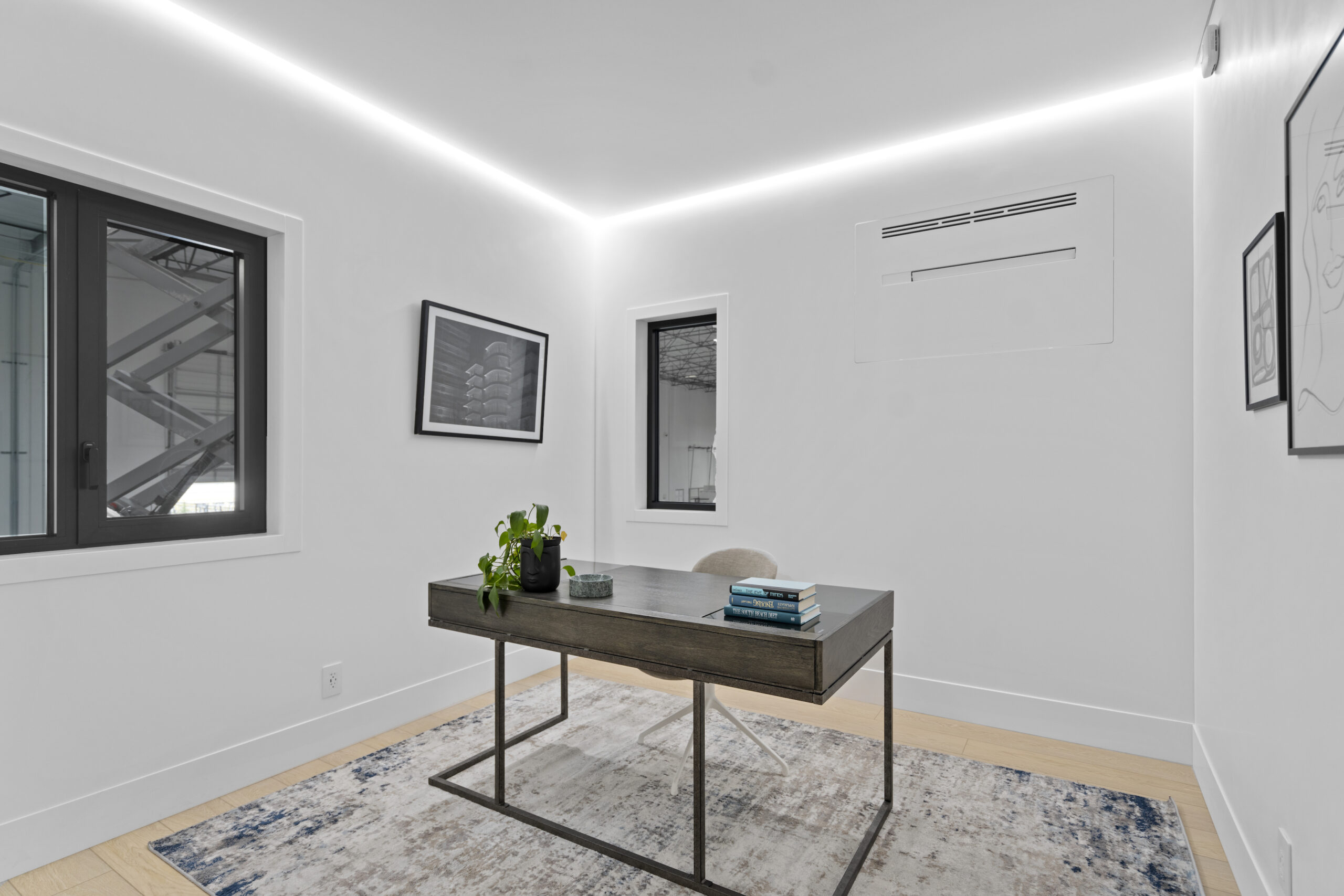
Bay Area to phase out gas furnaces and water heaters: What this means for home building
New regulations require zero-emission furnaces and water heaters as early as 2027 — here’s how to prepare
November 10, 2023
Climate policy in the homebuilding industry is ramping up across the United States — and California is leading the charge. Recently, Bay Area officials voted to adopt landmark rules that phase out, and eventually ban, gas-powered water heaters and furnaces in homes.
The regulations come with good reason: Gas-powered furnaces and water heaters emit carbon monoxide, a dangerous gas that can cause negative health effects such as brain damage and heart issues. These appliances also produce nitrogen oxide, a potent greenhouse gas that contributes to global warming. Swapping out gas appliances for electric options can significantly mitigate these risks — doing right by our health and our planet.
With ever-increasing climate regulations, it’s important for home developers to both understand and change approaches now — not only to stay in compliance, but to stay competitive in today’s housing market.
Unpacking the Bay Area gas appliance ban
The Bay Area Air Quality Management District, a regional air pollution regulator, voted 20-0 on March 15, 2023 to require homes to install water heaters and furnaces with zero nitrogen oxide (NOx) emissions, effectively requiring electric alternatives.
The regulations will roll out over a period of several years. Starting in 2027, newly constructed single-family homes must be built with zero-emission water heaters. Should a homeowner’s gas water heater break in 2027 or later, they will need to replace it with an electric one.
In 2029, the same rules will apply for gas furnaces — newly constructed single-family homes will need to be built with electric furnaces or heat pumps, and any replacements will need to be electric. By 2031, these standards will take effect for commercial water heaters, too.
“This groundbreaking regulation will phase out the most polluting appliances in homes and businesses to protect Bay Area residents from the harmful air pollution they cause,” said Dr. Philip Fine, executive officer of the Air District, about the new rules.
The negative effects of gas
In addition to harmful carbon monoxide and nitrogen oxide emissions, research shows that gas appliances leak significant amounts of methane — a powerful pollutant. Over the last two centuries, methane has more than doubled in the atmosphere, trapping heat at 25 times the rate of carbon dioxide, which makes it 80 times more harmful than CO2 for two decades after its release.
In addition to the positive environmental effects, removing gas furnaces and water heaters to reduce methane in the atmosphere will have a great impact on people’s health. Natural gas used for space and water heating usually contains between 85-90% methane which can cause increased risk for asthma or other serious respiratory illnesses. The Bay Area’s air district estimated that 37-85% of premature deaths from health complications caused by air pollution would be avoided each year after these proposals take effect.

What the Bay Area gas appliance ban means for new home construction
Any developers concerned about the impact on building costs should know electric water heaters cost slightly less to purchase, ranging between $500 and $800, compared to gas alternatives at $600 and $800. While electric furnaces and water heaters are more expensive to run and operate, the federal Inflation Reduction Act is helping offset the cost of replacing gas appliances with electric options by offering federal tax credits. And homeowners, particularly those that qualify as low-income, can expect IRA loans, rebates and tax incentives that will bring ease to the transition.
In addition to being less expensive up front, electric water heaters and furnaces have added benefits. Electric water heaters and furnaces don’t require a gas line, burner or pilot, which makes them safer and easier for developers to install. Because the heating rods for electric water heaters are submerged in a sealed tank, heat loss is low, making them more energy efficient, as well. Compared to gas water heaters, electric units can last two to three years longer before they need to be replaced. Regarding furnaces, electric options, including heat pumps, which use small amounts of electricity to move heat from one space to another, offer greater environmental benefits and higher heating efficiency, which can even reduce costs in warmer climates.
Increased demand for electric appliances is another cause for concern, which could create additional bottlenecks in an already strained supply chain. Even before these regulations were put in place, Americans bought electric heat pumps rather than gas furnaces.
To combat these issues and more, developers can join forces with an all-electric home building partner like Veev to ensure the efficient, cost-effective and sustainable home build that homeowners are seeking.
As electrification regulations ramp up, home developers shouldn’t wait to act
At Veev, induction stoves, electric water heaters and electric HVACs are all standard appliances in our homes. Because we build in-house at a mass scale, delays due to a strained supply chain are no cause for concern. Our digital fabrication facility produces up to 500 homes per year.
Sustainability is at the heart of our processes, from the materials we source, to the way we build, to the way our homes run. We are continuously adjusting our unique environmentally friendly home building techniques to stay ahead of proposed regulations.
By partnering with Veev, developers can bring homes to market faster, while addressing regulatory standards and home buyer preferences proactively.
Interested in partnering with Veev? Build with us.



